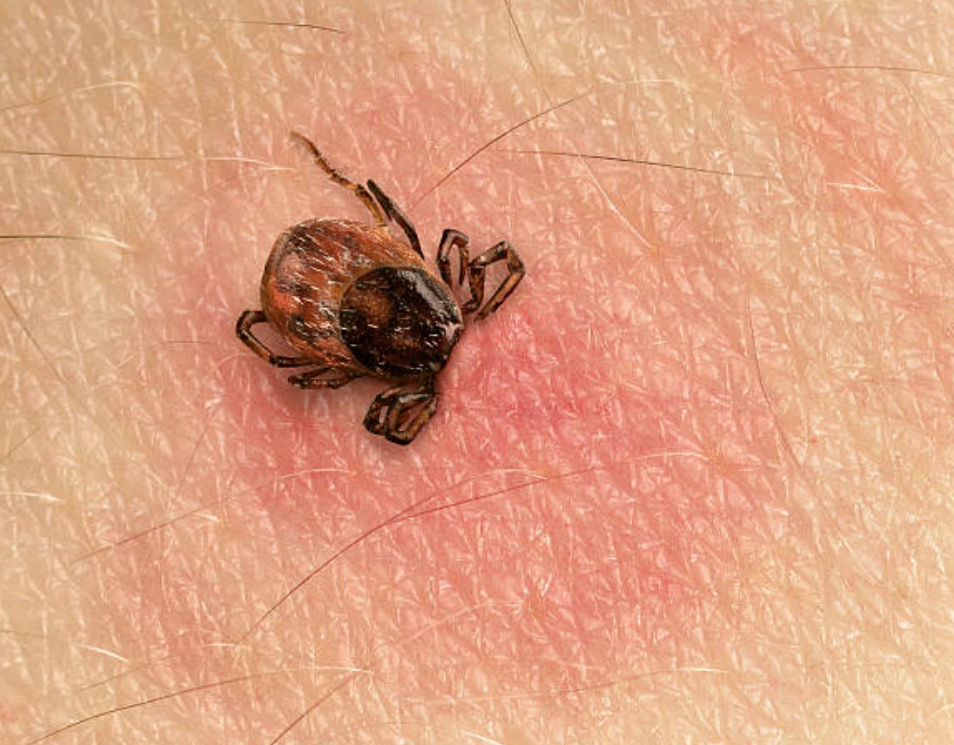Canine Parvovirus: Symptoms, Treatment and Prevention
Canine Parvovirus (CPV) is a highly contagious viral disease that affects dogs of all ages, especially puppies. It is a severe illness that attacks the intestinal lining, causing severe dehydration, vomiting, and diarrhea. CPV can also attack the heart muscle, leading to sudden death. This virus is easily transmitted through contact with infected feces, contaminated objects, or even by direct contact with infected dogs.
In this article, we will discuss in detail the causes, symptoms, treatment, and prevention of Canine Parvovirus.
Causes:
CPV is caused by a virus called parvovirus. This virus is highly resistant and can survive in the environment for long periods. Dogs can contract the virus by coming into contact with contaminated objects, such as food bowls, bedding, toys, or by being exposed to infected feces. The virus can also be spread by contact with infected dogs.
Symptoms:
Symptoms of CPV usually appear within 3-7 days after exposure. The most common symptoms include severe diarrhea, vomiting, loss of appetite, lethargy, and fever. The diarrhea is often bloody and foul-smelling, and can quickly lead to dehydration. Puppies are more vulnerable to the virus and can develop severe symptoms within hours of infection.
Treatment:
Treatment for CPV typically involves hospitalization, as the virus can quickly lead to dehydration and other complications. The main goal of treatment is to manage symptoms, prevent dehydration, and support the dog’s immune system. Treatment may include intravenous fluids, antibiotics, anti-nausea medication, and pain management. Severe cases may require blood transfusions and intensive care.
Prevention:
Preventing CPV is essential, as the virus is highly contagious and can be deadly. The best way to prevent the virus is to ensure that your dog is up to date on their vaccinations. Puppies should receive a series of vaccinations, starting at 6-8 weeks of age, with booster shots every 3-4 weeks until they are 16 weeks old. Adult dogs should receive a yearly booster shot. Other ways to prevent the spread of CPV include cleaning and disinfecting any objects or surfaces that may be contaminated with the virus, avoiding contact with infected dogs, and washing your hands thoroughly after handling any potentially contaminated objects.
In conclusion, Canine Parvovirus is a serious viral disease that can have devastating effects on dogs. It is highly contagious and can be deadly, especially in young puppies. Knowing the causes, symptoms, treatment, and prevention of CPV can help you protect your dog and prevent the spread of this virus. Make sure to vaccinate your dog, keep their living area clean, and avoid contact with infected dogs to keep them safe and healthy.
You May be Interested in…
Rabies Virus: Symptoms, Treatment, and Prevention
Feline Leukemia Virus: Understanding the Causes, Symptoms, and Treatment Options

